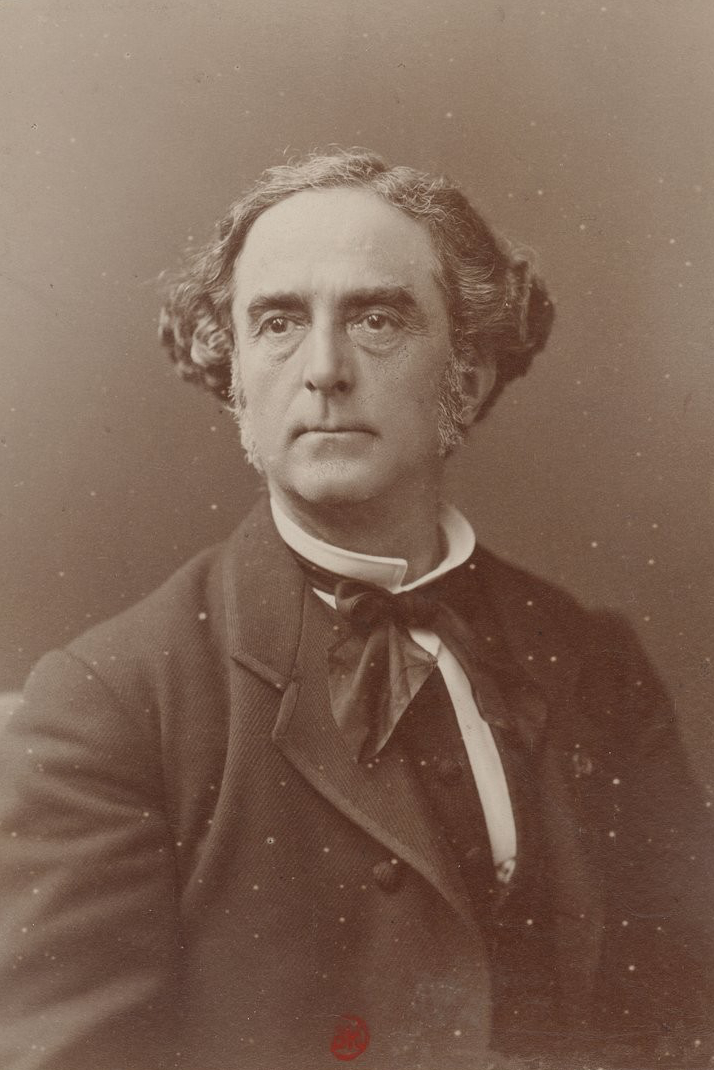 On 20th September 1857, Félix du Temple performed a successful flight of his unmanned, steam-powered aircraft.
On 20th September 1857, Félix du Temple performed a successful flight of his unmanned, steam-powered aircraft.
Félix du Temple de la Croix was born on 18th July 1823, into an ancient Norman family. In 1838, he enrolled in École Navale (the French Navy Academy) and then become a naval officer. During his military career, Félix du Temple took part in several wars of the era, such as the Crimean War, the Second Italian War of Independence and the second French intervention in Mexico.
Although Félix du Temple was the naval officer, he spent a good deal of his life on developing flying machines.
In 1857, he patented the design of a locomotion aérienne par imitation du vol des oiseaux (English: aerial locomotion by imitating the flight of birds), named Canot planeur (English: glider boat). It was a steam-powered aeroplane with dihedral wing design, equipped with a propeller and a retractable wheel landing gear. The engine generated only 6 hp and the French inventor soon realised it was simply not enough to carry a pilot onboard.
Félix and his brother Louis de Temple, made several models of the aforementioned aircraft, powered by both clockwork mechanism and steam engines. On 20th September 1857, one of those models performed a successful take-off and then safely landed after flying over a short distance.
It was the first officially observed flight of a powered aircraft of any kind, however neither controlled nor manned.

Aiming for building an aeroplane able to carry a man, Félix du Temple began to experiment with different engines. He firstly developed a so-called hot air engine, then worked on improving of an internal combustion gas engine. Finally, the French inventor created a high-circulation steam engine which he patented in 1876.
Even before patenting the engine, the de Temple brothers used it to power their new aeroplane, known as the Monoplane. It was a quite complicated construction made of aluminium, with a wingspan of 13 metres and weight of only 80 kg, without the pilot.
In 1874, the Monoplane preformed a few flights, however none of them was recognized as the first successful powered and manned flight in history. The reason was, according to the witnesses, the aeroplane was not really flying but made only some hops instead, lifted by a combination of its own powerplant and a starting ski-jump ramp. In fact, the Monoplane was a hybrid of a glider and an aeroplane, not able to perform a sustained, self-powered flight.
Although Félix du Temple was very close to build the first powered aircraft, humanity had to wait almost thirty years for the first powered flight of a manned, controllable aircraft, capable of sustaining itself in the air (more information about the Wright brothers and their aeroplane can be found in our article from September of 2020 – 25 September 1903 – Orville and Wilbur Wright).

Cover photo: patent drawing of Canot planeur (Wikipedia, Public Domain)



